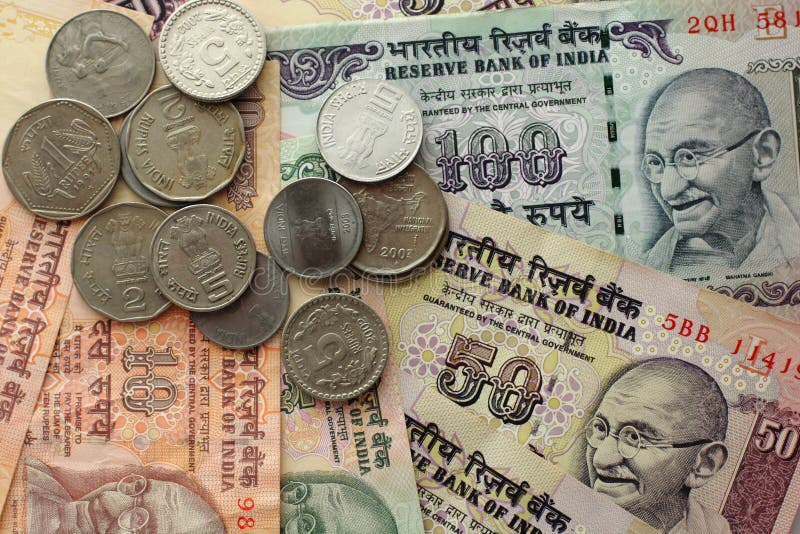Fake Indian Currency Note (FICN) is a term used by officials and media to refer to counterfeit currency notes circulated in the Indian economy. In 2012, while responding to a question in parliament, the Finance Minister, P. Chidambaram, admitted that there is no confirmed estimate of fake currency in India. However, several central and state agencies are working together, and the Ministry of. Nov 15, 2018 - Explore Suzanne Jolly's board 'Native American Indians', followed by 2788 people on Pinterest. See more ideas about native american indians, native american, american indians.
By Numismatic Guaranty Corporation …..
A difference in facial expression is among the many clues this coin is fake.
Although it had only the second-lowest mintage of the Indian Head Cent series after the 1909-S, the 1877 issue is by far the rarest coin in the series today. The rarity of this issue is even greater than its low mintage suggests, and some researchers have speculated that the published figure is in error.
Reinforcing this notion is the fact that only two obverse dies for the date are known in combination with a single reverse. It would take a greater number of dies than this to produce 852,500 cents under the most ideal circumstances, and it may be that the published figure included some dated 1876 or even some reissued coins.
Due to this rarity, the 1877 Indian Head Cent is a prime target for counterfeiting, and NGC sees numerous examples per week, including the one below, which was recently submitted for grading.
Counterfeit 1877 Indian Head Cent, top, and genuine example, bottom. Images courtesy NGC
As you can see from the photo above, the counterfeit 1877 Indian Head Cent is a poor imitation of the genuine coin. Of particular interest is the odd appearance of the lettering in the words “UNITED STATES OF AMERICA.”
While it is crisp and easy to read on the genuine example, it almost looks as if it were applied with a stencil on the counterfeit. The thinnest parts are simply missing from the die. Clearly there was some issue with the die preparation of the counterfeit that caused this odd defect, which would never be seen on a genuine US Mint product.
Additionally, note the lack of detail in the Indian’s headdress on the fake. Whereas the feathers are well-defined and easy to see on the genuine coin, they are extremely mushy on the fake. Lastly, the Indian on the forgery has an odd look on her face.
Counterfeit 1877 Indian Head Cent, top, and genuine example, bottom. Images courtesy NGC
The reverse of the fake was executed better than the obverse, but is still quite mushy overall. Note the rounded appearance of the letters as opposed to the sharp ones on the genuine coin.
Indian Real Money Images
In addition, the counterfeiters left another clue that, by itself, would single this piece out for a close examination. The reverse does not have a shallow “N” in “ONE,” which is apparent on almost all business strike 1877 Indian Head Cents. Note the bottom right corner of the N and how it is not as sharp as the “N” in “CENT.”

Real Indian Money Pictures Download
* * *